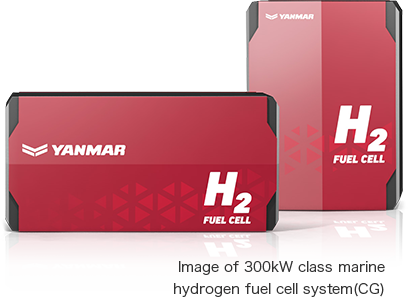船舶的空氣污染物和溫室氣體排放。
In the maritime sector, the International Maritime Organization adopted a GHG reduction strategy in 2018, aiming to achieve zero emissions from international marine transportation as early as possible this century, as well as to improve emissions per unit of transport by at least 40% by 2030 and reduce total GHG emissions by at least 50% by 2050, both compared to 2008 levels. Recently, there have been discussions about moving up the schedule. At the same time, there are movements towards reducing NOX emissions in urban areas, environmentally protected areas, and large ports especially in Europe and the U.S. Unlike internal combustion engines, hydrogen fuel cells emit only water and do not emit any greenhouse gases such as carbon dioxide (CO2) or air pollutants such as nitrogen oxides (NOX)… On the other hand, it is necessary to develop new technology to comply with the operating environment and safety regulations of ships. In addition, to commercialize the technology, it is necessary to consider hydrogen refueling methods.
“氫”作為下一代能源的好處
- 地球上豐富。
- 它可以由太陽能、風能或地熱等可再生能源產生的水和電產生。
- 使用時無CO 2排放。






























